Dallas Fed President Robert Kaplan said yesterday that it could take a few months to see how much the US economy is slowing. And he added that “I don’t think we should be taking any action on the fed funds rate”. His comments are in line with the expectations that Fed should at least stand pat through the first half of the year.
Meanwhile, Kaplan also echoed other Fed official’s comments that there will be decision regarding the balance sheet runoff in the “not-too-distant future”. Though, he declined to comment whether the decision will be made by March FOMC meeting.
He also indicated that the balance is a “critical tool” that Fed need to have as “one of the several tools in the event of a down turn”. And the balance needs to have the capacity to respond to the next downturn.




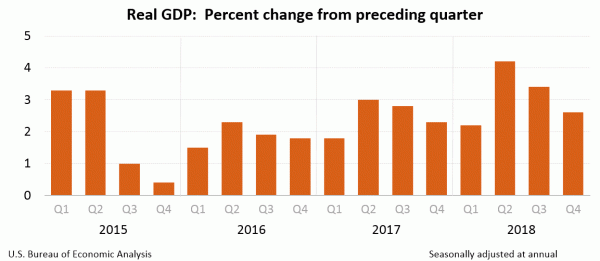
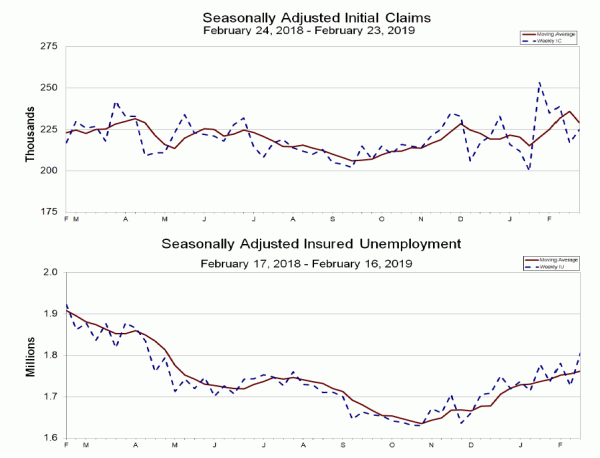
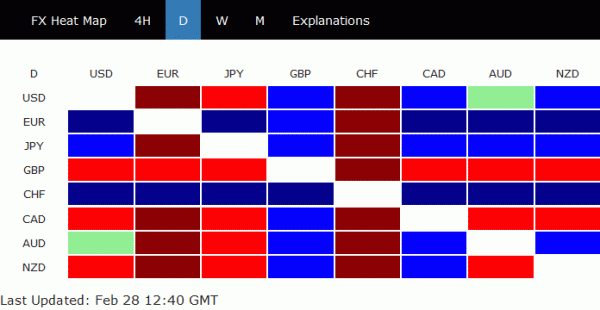
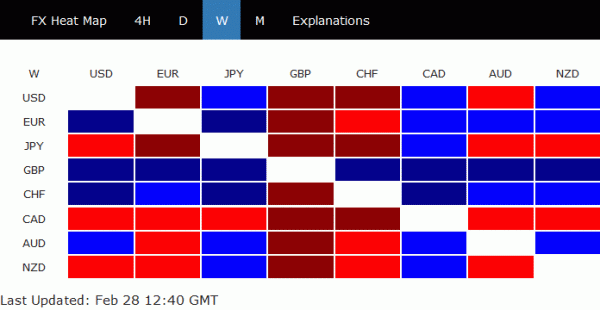
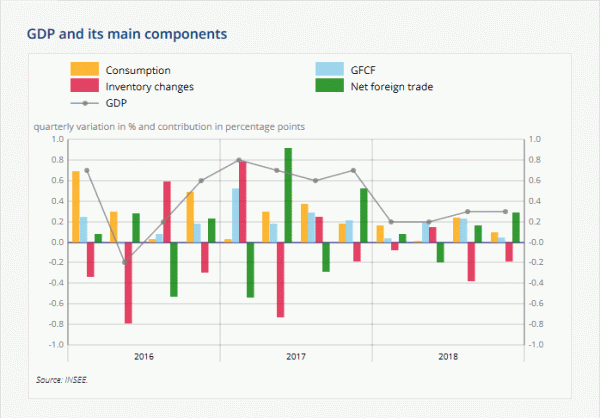
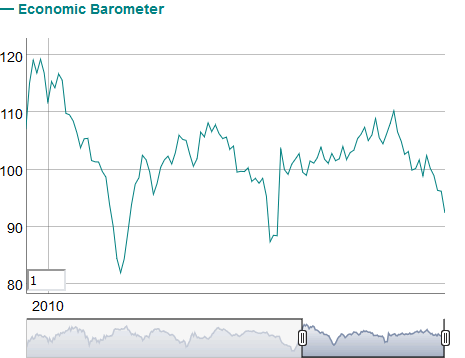
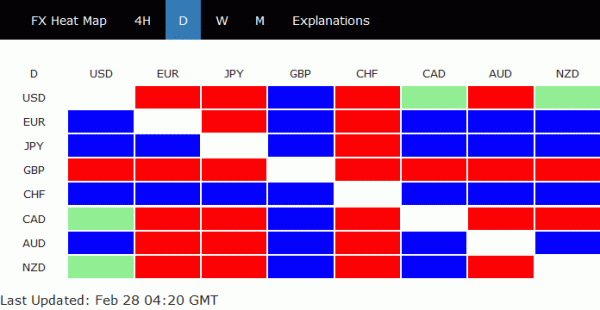
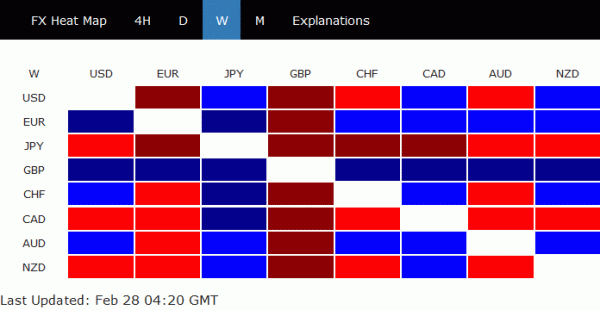
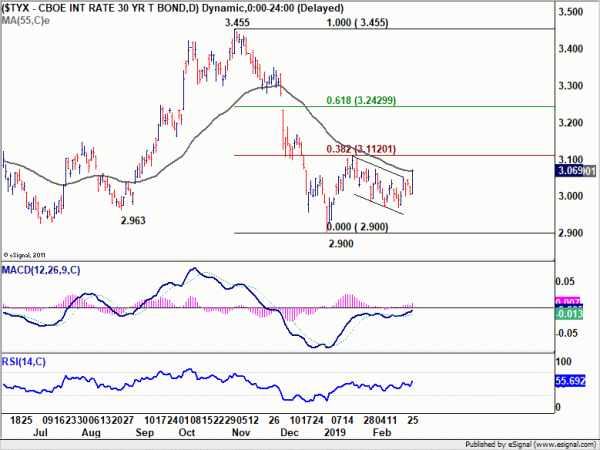
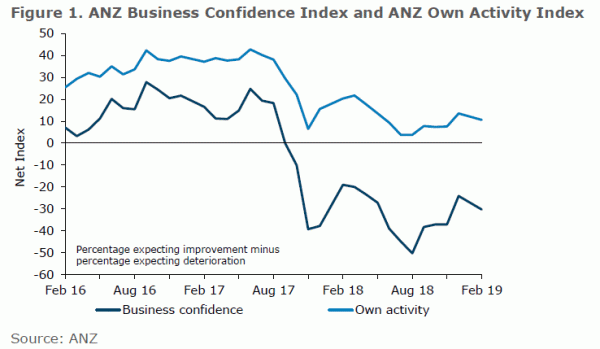

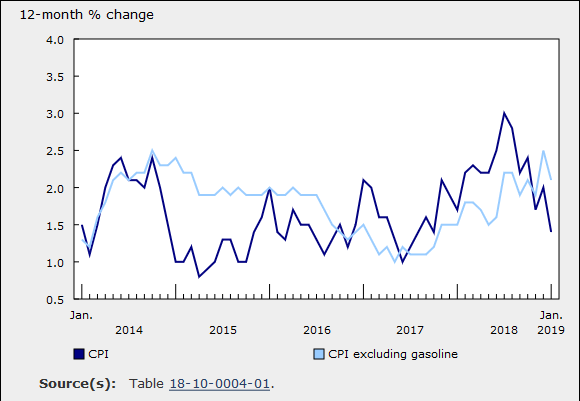

Australia manufacturing PMI rose to 54, but conditions appear to be diverging
Australia AiG Performance of Manufacturing Index rose 1.5 to 54.0 in February. That’s the best monthly result since Ocotber 2018 and signals a better month of recovery following and “unreasonably slow summer”. While it’s still the 30th month of expansion, the trend has suggested “slowing growth rates since its recent peak in March 2018”.
Also, AiG noted that “conditions appear to be diverging” acrtoss the larger manufacturing sectors and their main locations. Three of the six sectors expanded, one was stable and two contracted. And, “the downturn in housing construction is already affecting some sectors, as is the uncertainty of impending elections”.
Full release here.